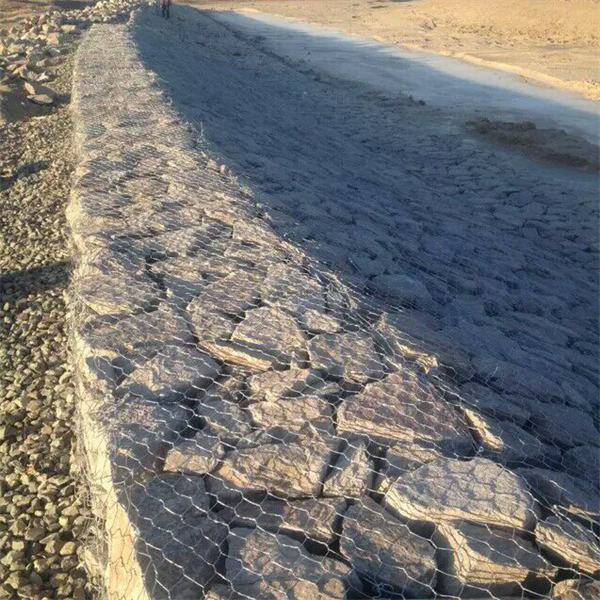Сер . 14, 2024 03:38 Back to list
The use of protective nets in Chinese fruit tree cultivation for enhanced crop yield and pest control
The Role of Protective Nets in Fruit Tree Cultivation in China
In recent years, the agricultural landscape in China has undergone significant transformation, particularly in the realm of fruit tree cultivation. One innovative practice that has gained prominence is the use of protective nets over fruit trees. This agricultural technique is not just a trend; it represents a strategic response to various challenges faced by fruit growers, including pests, extreme weather conditions, and environmental concerns.
The Role of Protective Nets in Fruit Tree Cultivation in China
Moreover, protective nets provide essential protection against extreme weather conditions, which are becoming increasingly unpredictable due to climate change. Harsh winds, heavy rains, and hail can all damage fruit trees and adversely affect yields. By covering the trees with nets, farmers can reduce the impact of such weather events, ensuring that their crops remain safe and productive throughout the growing season. This resilience is particularly important as the agricultural sector grapples with the uncertainties posed by climate change.
china protective net on fruit tree

In addition to pest control and weather protection, protective nets also help in regulating the microclimate around fruit trees. The nets can modify temperature and humidity levels, creating a more conducive environment for fruit development. For example, during periods of excessive heat, nets can provide shade, reducing the risk of sunburn on fruits and improving overall fruit quality. Similarly, in cooler climates, nets can help retain heat, allowing fruits to mature properly and enhancing the harvest.
The economic advantages of using protective nets are also noteworthy. While the initial investment may be higher, the long-term benefits outweigh these costs. Farmers who employ protective nets often see increased yields and improved fruit quality, leading to higher market prices and better profitability. Furthermore, the reduction in pesticide usage can decrease overall production costs, making farming more sustainable and enhancing the farmer’s bottom line.
Despite these advantages, there are challenges to the widespread adoption of protective nets in China. Some farmers may lack the necessary resources or knowledge to implement this technology effectively. Education and training programs are essential to inform farmers about the benefits and proper use of protective nets. Additionally, investment in research and development is crucial to innovate more efficient and durable netting materials that can withstand varying climatic conditions.
In conclusion, the use of protective nets in fruit tree cultivation represents a significant advancement in Chinese agriculture. By offering protection against pests and extreme weather, enhancing fruit quality, and improving economic returns, protective nets present a viable solution to some of the most pressing challenges faced by fruit growers today. As the demand for sustainable and high-quality produce continues to rise, the adoption of protective nets can play a pivotal role in the future of fruit cultivation in China, ensuring that the agricultural sector thrives amid changing environmental conditions.
-
Why PVC Coated Gabion Mattress Is the Best Solution for Long-Term Erosion Control
NewsMay.23,2025
-
Gabion Wire Mesh: The Reinforced Solution for Modern Construction and Landscape Design
NewsMay.23,2025
-
Gabion Wall: The Flexible, Seismic-Resistant Solution for Modern Landscaping and Construction
NewsMay.23,2025
-
Gabion Wall Solutions: The Durable, Decorative, and Affordable Choice for Every Landscape
NewsMay.23,2025
-
Gabion Basket: The Durable and Flexible Alternative to Traditional Retaining Walls
NewsMay.23,2025
-
Gabion Basket: The Proven Solution for Slope Stability and Flood Control
NewsMay.23,2025
-
Versatility of Chain Link Fence Gabion
NewsMay.13,2025






